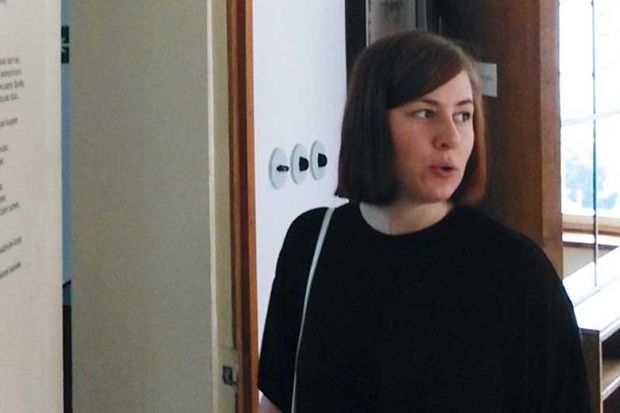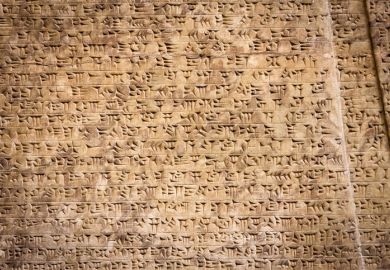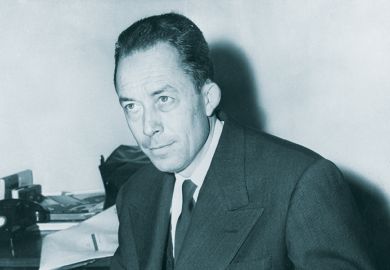What sort of books inspired you as a child?
My taste was defined by the possibilities of our library at home. Fortunately, it was very well stocked with books ranging from classics to contemporary French and Finnish literature. I am grateful that I could always ask for advice, but my choices were never questioned. That meant a somewhat premature reading of works that some might brand as wildly inappropriate for a child, such as Shakespeare translations or Emily Brontë’s Wuthering Heights when I was 8. I did not read a great deal of children’s literature, which I have been trying to fix ever since – I revel in the beauty of English language children’s books.
Your new book explores the theme of the country house in English literature. Which books spurred your interest in the theme?
Originally, I was drawn to the more generic theme of houses in English literature and therefore analysed mainly the works of John Galsworthy, E. M. Forster and Simon Mawer, where I approached the houses as symbols, settings and subject matters. After having read some of the must-reads of country-house fiction – Evelyn Waugh’s Brideshead Revisited and A Handful of Dust, Galsworthy’s The Country House, Forster’s Howards End – I noticed a repetitive pattern of a house embracing some aspects of a communal paradigm: the country house. I widened the scope of my study and included uncharacteristic examples of fictional houses, such as Shruff End in Iris Murdoch’s The Sea, The Sea. Last but not least, I was intrigued by the sumptuous evocation of the splendid ugliness of the houses in Ian McEwan’s Atonement or Alan Hollinghurst’s The Stranger’s Child, and the aesthetic of inevitable decline in Sarah Waters’ gothic The Little Stranger.
Which books have you found most useful for your own analysis?
It came to me as a surprise that, despite its prominence in English literature, the literary history of the country house was almost uncharted territory. I was saved by Malcolm Kelsall’s concise and comprehensive study The Great Good Place: The Country House and English Literature and Vera Kreilkamp’s beautifully written The Anglo-Irish Novel and the Big House.
Which general accounts of the social history of the country house would you recommend?
Mark Girouard’s A Country House Companion for Beginners and Peter Mandler’s The Fall and the Rise of the Stately Home as a comprehensive handbook of the role, functioning and shifts of fortune of the country house. I relished reading Adrian Tinniswood’s The Long Weekend: Life in the English Country House, 1918-1939.
What is the last book you gave as a gift, and to whom?
I bought multiple copies of Alan Hollinghurst’s delightful novel The Sparsholt Affair, and gave it to a couple of my friends. I also bought a copy of one of Tove Jansson’s Moomins books as a Christmas present for my nephew.
What books do you have on your desk waiting to be read?
There are many volumes waiting to be read that all develop a similar premise: a quest for home. I am really looking forward to Jaroslav Kalfař’s Spaceman of Bohemia, Penelope Lively’s A House Unlocked and Simon Mawer’s Prague Spring.
Tereza Topolovská is a lecturer in the department of English language and literature at Charles University in Prague. Her latest book is The Country House Revisited: Variations on a Theme from Forster to Hollinghurst (Karolinum Press).
Register to continue
Why register?
- Registration is free and only takes a moment
- Once registered, you can read 3 articles a month
- Sign up for our newsletter
Subscribe
Or subscribe for unlimited access to:
- Unlimited access to news, views, insights & reviews
- Digital editions
- Digital access to THE’s university and college rankings analysis
Already registered or a current subscriber? Login







